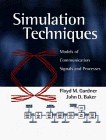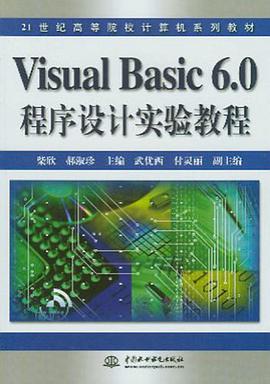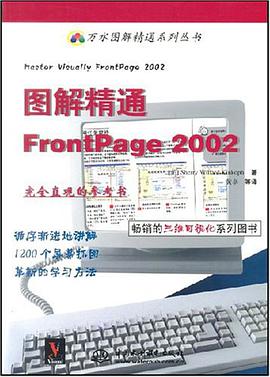

具体描述
The design of communication systems has grown too complicated for the traditional design tools--mathematical analysis and laboratory breadboards. Enter the computer simulation, a powerful and versatile tool that is becoming essential for anyone who designs signal transmission or storage systems.
This volume explains in detail how to use simulation programs as a software breadboard to analyze and evaluate the performance of data communications links. It describes the engineering principles of signal transmission and its simulation, explores programming issues, and provides a comprehensive reference for models of signal processes.
The book clearly demonstrates how simulation techniques can be used to:
* Create valid models of signal processes
* Provide exibility through the use of modules
* Simulate various elements of communications systems, from filters and modulators to test instruments
* Explore alternative models for a given system
* Circumvent the mathematical intractability of modern transmission links
* Plan and construct a computer model in a matter of hours or days, versus the weeks or months needed for laboratory breadboards
* Make parameter changes in minutes once a link has been modeled
* Provide engineers and students with complete training on the elements of simulation
A must have for designers, practicing engineers, and graduate students, this volume presents real-world techniques that can be used with the authors' ST?DT program (a companion work also published by Wiley), or independently with other commercially available simulators.
作者简介
目录信息
读后感
评分
评分
评分
评分
用户评价
相关图书
本站所有内容均为互联网搜索引擎提供的公开搜索信息,本站不存储任何数据与内容,任何内容与数据均与本站无关,如有需要请联系相关搜索引擎包括但不限于百度,google,bing,sogou 等
© 2026 book.wenda123.org All Rights Reserved. 图书目录大全 版权所有




















